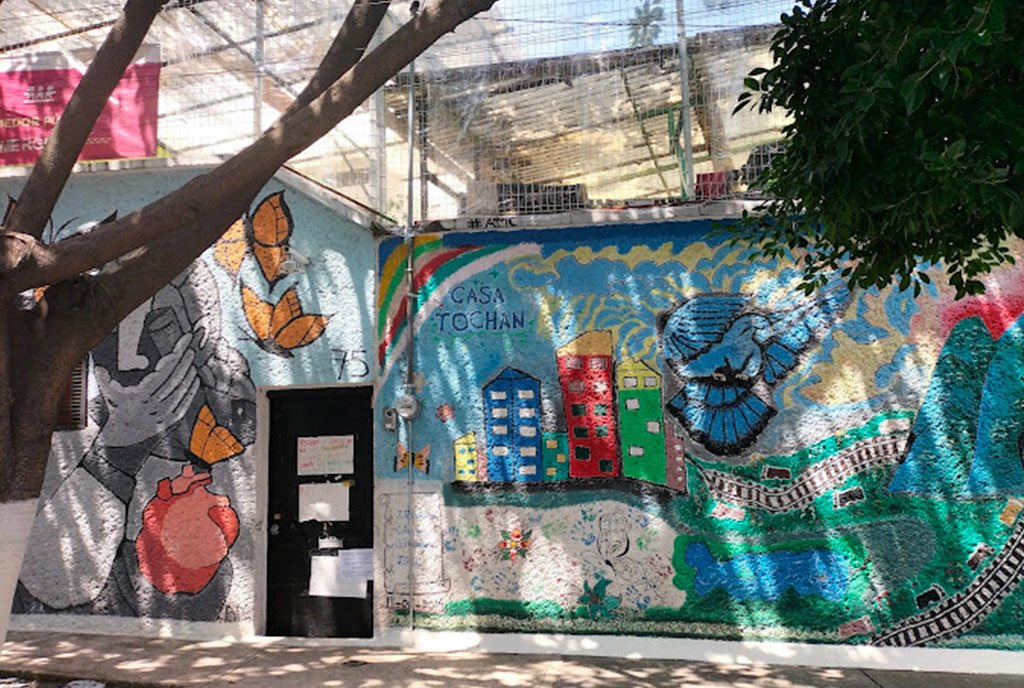
Recently, as I was doing a Q+A session with a cohort of nonprofit leaders of color who are reading my book The Power Manual, one woman said to me, “Some of us were a bit triggered when we were reading your book. We felt that some of your ideas about personal power were magical thinking! I mean, we need to focus on systemic racism.”
The underlying assumption is that magical thinking is unrealistic, and that developing personal power is not a critical part of social change work.
Before I responded, I felt the gap between us. I am often talking across this gap. It is the gap between radical vision and practical day-to-day decisions, between the creative process and the strategic one. The frame that drives our work is critical. And we have to be able to talk across these frames, to draw lines between them.
Our goal does not need to be simply to change the system. We can also seek to escape it. To create the other worlds we believe are possible. Isn’t that what magic is?
Believing we can only work inside systems to change them is what is unrealistic. We also need “lines of flight,” “bolts of pent-up energy that break through the cracks in a system of control and shoot off on the diagonal. By the light of their passage, they reveal the open spaces beyond the limits of what exists.”
Gilles Deleuze and Félix Guattari, who coined the phrase “lines of flight,” link human creativity to our ability to be free, to escape the status quo.
Sign up for our free newsletters
Subscribe to NPQ's newsletters to have our top stories delivered directly to your inbox.
By signing up, you agree to our privacy policy and terms of use, and to receive messages from NPQ and our partners.
But that requires radical responsibility, breakthrough creativity, and a belief in magic.
There are (at least) two types of work to be done now: work at the edge creating the new forms leaders are asking for, and the work of leading organizations. Not only do we need to fund and build out the visioning/creative/imagination space (the support groups aren’t enough), we need the link between these to be stronger, so that instead of triggering, visions of a better world can inspire more visionary leadership and work.
For example, I am both leading NPQ and Edge Leadership, an R+D platform for social change focused on leaders of color. NPQ addresses “the system,” while Edge Leadership focuses on creating new forms and knowledge (and sometimes recognizing long-established ones). These enliven NPQ, and NPQ in turn distributes them to the field. Both are needed to build the future we want from the present in which we live.
It’s time to recognize magical thinking as a liberatory leadership style.













